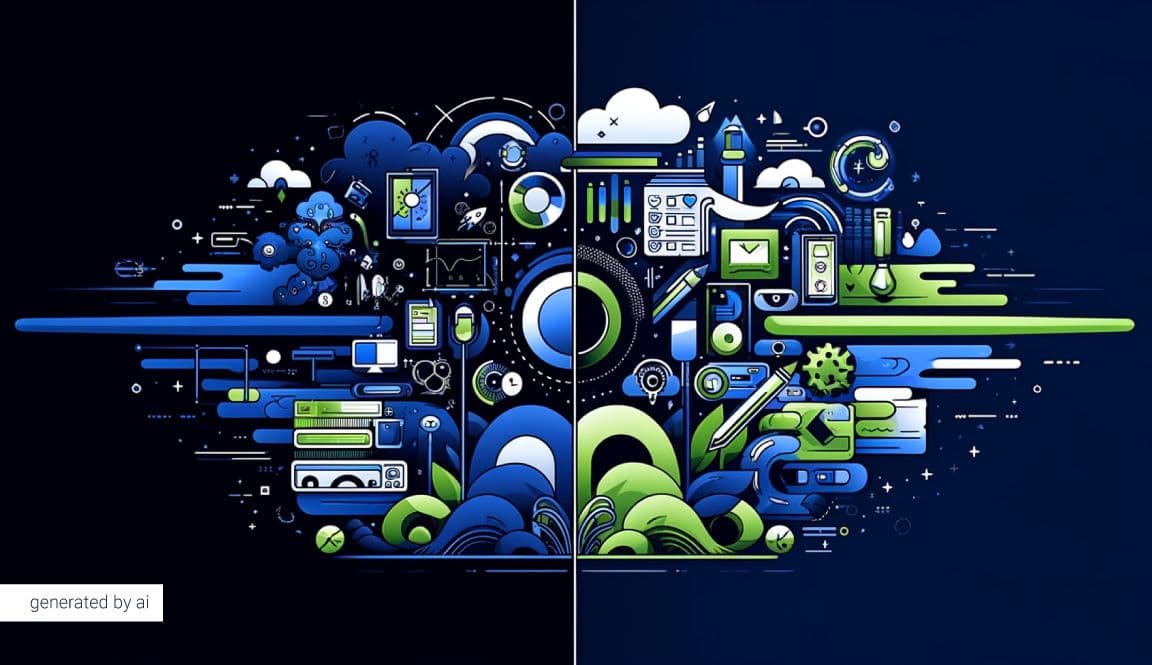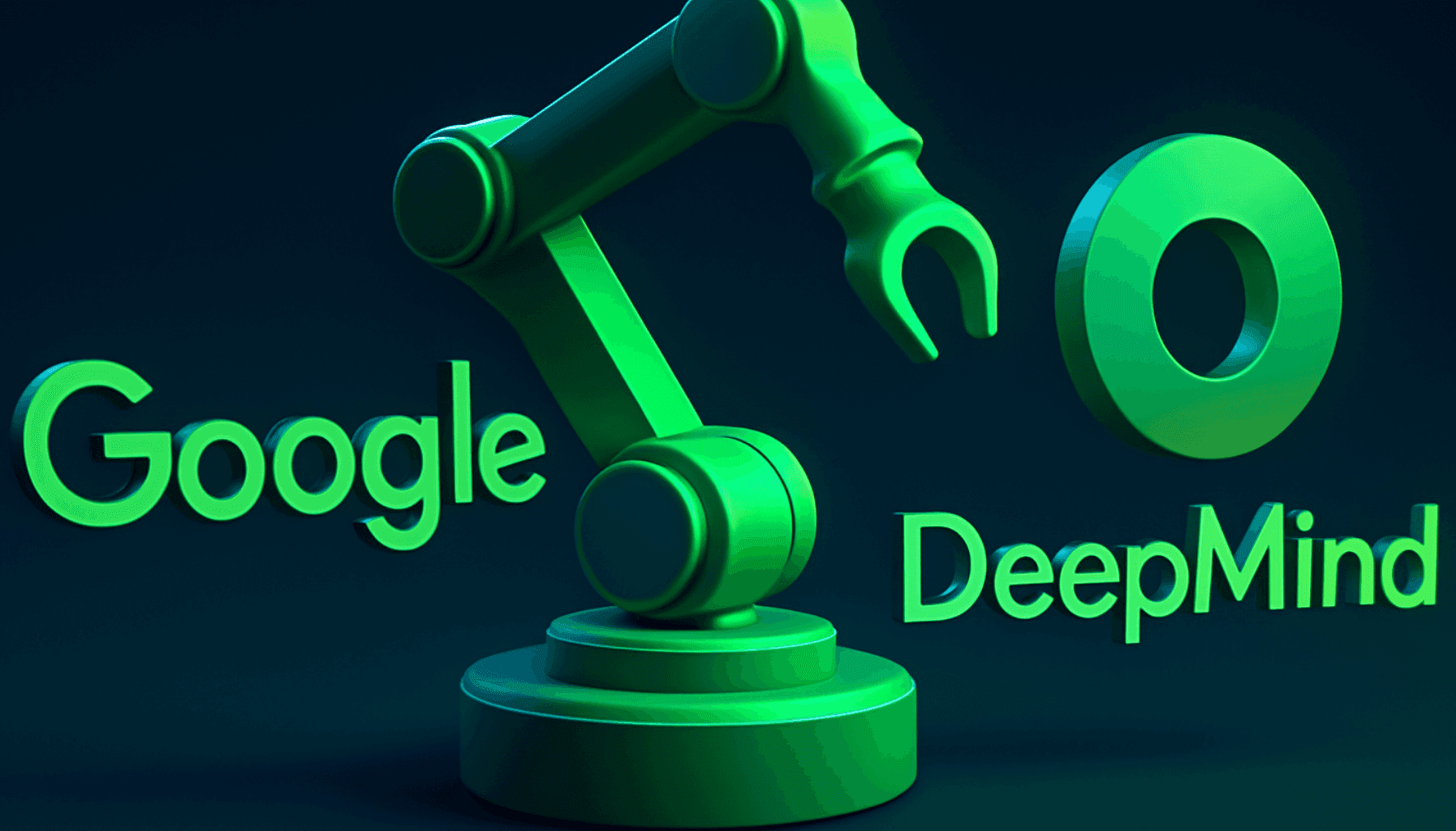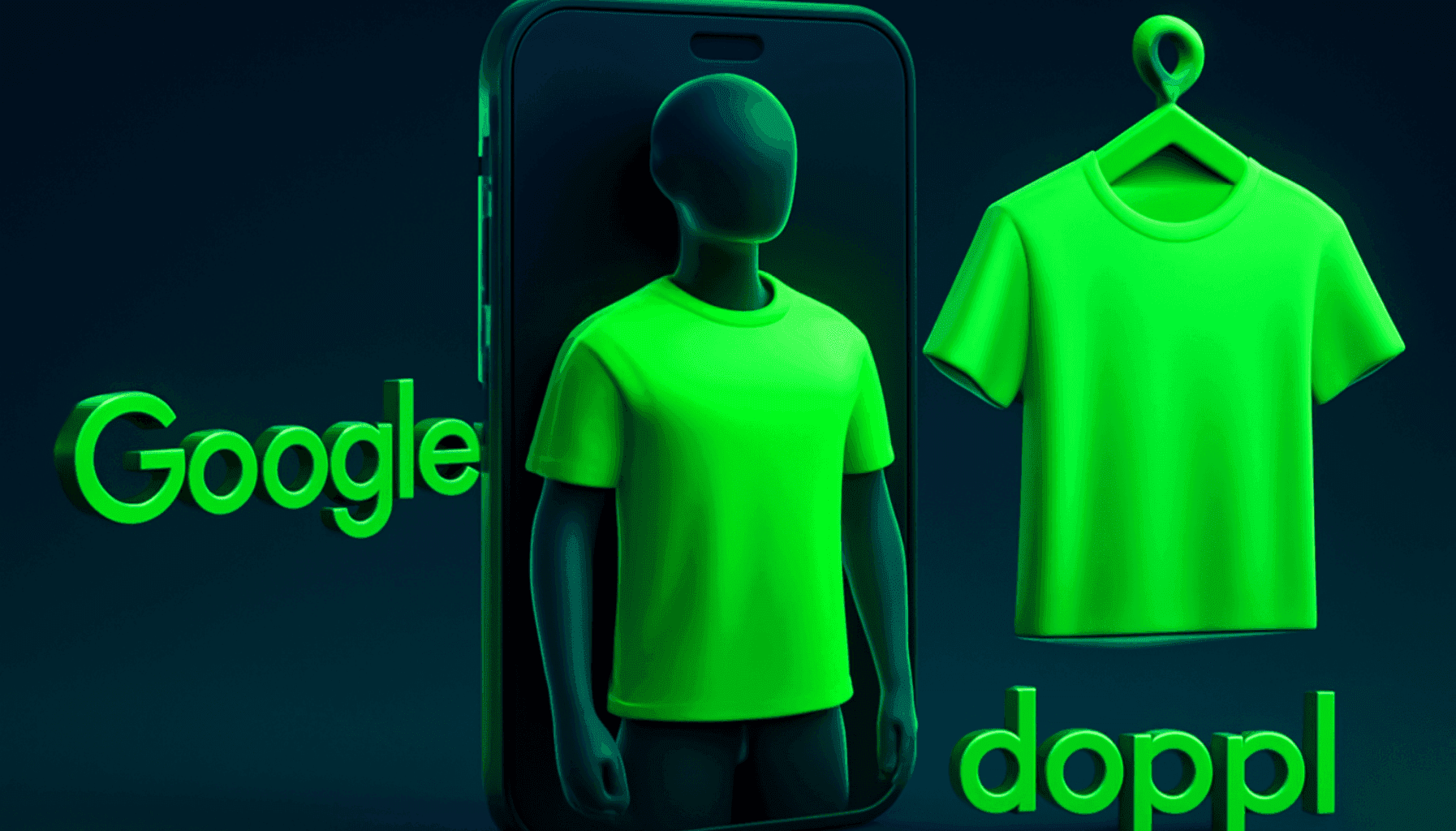
What are UX Design and UI Design? What are the Differences?

As the number of screens we interact with continues to increase day by day, how we conduct these interactions becomes increasingly important. For most of us, the first thing we do upon waking up is to check our phones. From that moment on, we engage in various activities, from browsing social media to shopping, experiencing meticulously crafted interfaces designed for users. Moreover, this situation is not limited to just our phones. Computer screens, televisions, and even screens of electric kitchen appliances are also part of this process.
When it comes to the design of digital interfaces, the terms UX/UI are inseparable in today's world. Let's take a closer look at the UX Design and UI Design terms, which are quite different from each other yet complement each other.
What is UX Design?
UX design is about designing the experience a user will have from the moment they interact with a product. With the increasing importance of user interface design on computers and later on mobile devices, more effort has been put into the functionality and user experience provided by these interfaces. As technology evolves, terminal interfaces quickly evolve into applications on our mobile devices. In addition to the aesthetics of user interfaces, the usability of these interfaces has become one of the determining factors in the quality of design.
What are the responsibilities of a UX Designer?
If you decide to become a UX designer and shape your career in this direction, your main concern will be ensuring that the user's experience in the application you design is as close to perfection as possible. A UX designer is interested in more than just visuals; they also deal with non-digital aspects and cognitive science.
It is the responsibility of a UX designer to ensure that the designed product or interface is simple, understandable, functional, and intuitive. From the moment the application is opened, the UX designer is responsible for considering all of the user's steps and possibilities and designing the most successful flow. For example, in the case of an e-commerce website, the most significant factor in the user finding the website successful might be easily finding the desired product among hundreds of products, completing the payment process easily, and being able to track the delivery process simply. Designing this shopping experience for the user is the task of the UX designer. We can summarize the responsibilities of a UX designer under several subheadings:
Strategy Development: The first requirement when designing the user experience is a strategy. Questions such as who will use the product, for what purpose, and how competitors handle similar processes are addressed. Customer analysis, user research, content planning, competitor analysis, and product strategy preparation are among the tasks of a UX designer.
Testing and Prototyping: Once our strategy is ready, it's time to create prototypes of the processes and test them. UX designers prepare wireframes, create prototypes, and apply testing procedures.
Execution: UX designers coordinate with UI designers and developers to ensure smooth workflow. They plan the design, track goals, and oversee the process as the product emerges. They strive to improve the user experience through UX analysis.
What qualities should a UX Designer have?
If you want to start your career as a UX designer, there are certain key qualities that a UX designer should possess. A UX designer should have the ability to conduct research, solve problems, and communicate effectively. Additionally, they should have design skills, be proficient in prototyping, and be familiar with testing processes.
As a UX designer, conducting research will be one of your primary tasks when designing user experiences. Understanding human behavior, competitor analyses, and evaluating data from prototype tests are fundamental to user experience design.
It is also the responsibility of the UX designer to anticipate and address any problems that users may encounter while using the product.
Having good communication skills is essential for establishing the right communication with other teams during the product design process. This ensures that the user experience prepared is fully integrated into the product as you envisioned, leading to a successful user experience.
While doing all of this, having design and basic programming knowledge allows you to understand the technical constraints of UI designers and developers, enabling you to conduct the user experience design process within these constraints.
How Does the UX Design Process Progress?
The UX design process is a working process that consists of several fundamental stages. The process typically proceeds as follows:
Research: UX design begins with user research. Research is conducted on existing or target user groups to identify the problems users encounter and determine how users expect these problems to be solved. Data obtained through methods such as user surveys, A/B testing, first-click testing, and eye-tracking tests are utilized during this research process.
Design: Once you understand the problems users encounter and the solutions they expect, you can start proposing your own solutions to these problems. You should select the most logical and feasible solution among the ones you come up with. When answering questions about where and how your solution will be used, you should create user flow diagrams, which are tables showing the path the user will take in the application, and then move on to creating wireframes as the final step.
Prototyping: A realistic prototype that can be interacted with is created for our application and the solution we offer to be tested by test users.
Validation: User experience tests are conducted with real or test groups to validate the accuracy of the designs. If it is proven that the application provides an effective user experience, the process is completed. Otherwise, changes are made to the design or work is done on different designs by returning to previous stages.
What is UI Design?
When you enter a website, use an application, or even look at any digital screen, all the visuals you see are part of the interface. UI (User Interface) is the term we use for the interface. Unlike the cognitive aspect of UX design, UI design is tangible and graphical. All the buttons, logos, fonts, menus you see on this site right now are part of the interface. It is the responsibility of the UI designer to prepare these interfaces.
What are the responsibilities of a UI Designer?
UI design is concerned with the visual aspect of the product. It aims to provide users with a visually appealing and easily understandable interface that reflects the brand, sets the product apart from others, and enhances the user experience. UI design involves decisions on color and font selection, designing interface elements, and their placement on the screen.
Creating an attractive user experience may sound appealing, but if you're more interested in a tangible, visually-oriented role and believe you have a talent for design, becoming a UI designer might be more suitable for you. As important as user experience is, how that experience is presented to the user is equally crucial. This is where UI designers come in. The main responsibilities of a UI designer include:
Creating brand styles: While designing the interface, the UI designer makes many decisions that will become synonymous with the brand in the user's mind, from the colors used in the application to the fonts of the text.
Preparing visual designs: It is the responsibility of the UI designer to design each visual element that will be reflected on the user's screen and adjust their layout.
Creating adaptable designs: As the number of digital screens we use increases, the sizes of these screens vary greatly. In this sense, UI designers should create adaptable (responsive) designs that continue to work smoothly on different screen sizes. If visual effects and animations are to be included as part of the interface in the application, the UI designer should create them.
Creating interactive designs: If visual effects and animations are to be included as part of the interface in the application, the UI designer should create them.
What qualities should a UI Designer possess?
At the forefront of the skills that a UI Designer should possess is undoubtedly creativity. The interface to be created will be a product of the designer's creative thinking. Additionally, the designer's creative thinking is influential in presenting complex processes in the simplest and most effective way on the screen. Effective communication skills, which are essential for almost everyone in the workplace, are also important. Establishing the right communication with both fellow designers and other teams working on the product is crucial. On the other hand, through the design created, the designer is also communicating with the user.
How Does the UI Design Process Progress?
While there may be slight variations in processes in UI design, they all go through similar stages:
Research: Just like in UX design, the process starts with research in UI design. Based on user research, competitor analyses, and directives from the UX team, the design requirements are identified, and goals are set.
Wireframing: Wireframes allow for a rough layout of the interface. It provides a plan for the placement of interface elements before moving on to the visual design process. Additionally, creating wireframes before starting the visual design process is valuable for conducting status assessments with other teams involved in the project (such as UX designers, developers).
Visual Design: The visual design process begins with determining the fundamental elements of the design, such as the color scheme and font selection, for the interface to be designed. Rough sketches of wireframes are transformed into detailed and personalized interfaces.
Prototyping and Testing: After visual design, the resulting designs are converted into prototypes with simple functionalities that align with the user flow. This allows for collaboration with other teams in the project and identifies flaws in the design that need to be corrected. Once the prototypes reach the desired level, a testing process can be conducted with real users.
Delivery Phase: At the end of the design process, before handing over the design to the development team, documents are prepared that explain various details to the development team, including a style guide containing information on colors, fonts, and similar aspects used in the design, as well as documents describing effects used in the design and behaviors of interface elements.
What are the differences between UX and UI Design?
UX and UI design are often confused and used interchangeably, but they are distinct areas that require different expertise. There are several points that distinguish UX and UI design.
- UX design is concerned with how design feels. It focuses on the user's experience. UI design, on the other hand, deals with how design looks. The visuals seen by the user on the screen fall within the realm of UI design.
- UX design analyzes user behaviors. Based on these analyses, it creates and tests prototypes. UI design, meanwhile, creates the interface with which the user interacts, while adhering to the visual style of the brand in accordance with UX design.
- UI design is a purely digital process. UX design, on the other hand, extends beyond digital because it involves human behavior.
In summary, UX design determines the path the user will take in the application, while UI design creates the elements that enable the user to experience the journey.
What is a UX/UI Designer?
Since the beginning of the text, we've talked about UX design and UI design as two separate fields. The main reason these two fields are so often confused is the prevalent UX/UI position we encounter today. This position emerged due to the complementary nature of both fields and the requirements that can be fulfilled by the same person. Companies prefer individuals who design both the interface and the minds behind designing the user experience to have the same mindset, resulting in faster processes and cohesive user experiences.
If you're considering shaping your career as a UX, UI, or UX/UI designer, you can join Techcareer.net's free Bootcamp training sessions, explore current job listings, and career options. You can also connect with other UX and UI designers in our Discord channel.
Frequently Asked Questions
Should I become a UX designer or a UI designer?
The answer to this question can vary depending on your skills and the area you want to develop in. If you have skills such as conducting research, communicating with people, and strategizing, you may lean towards UX design. If your strength lies in visual design, you may prefer UI design. You can combine all of these and build your career as a UX/UI designer.
What job opportunities are available for UX/UI designers?
Companies often prefer to entrust the UX and UI aspects to a single specialist or team to ensure faster and more consistent progress in the process. Therefore, job opportunities are plentiful for UX/UI designers. You can keep track of UX/UI job opportunities through Techcareer.net.
Are Techcareer.net Bootcamps free?
Yes, Techcareer.net's Bootcamps, which provide job opportunities, are completely free! You can join the Bootcamp option that suits you and start your technology career quickly.



